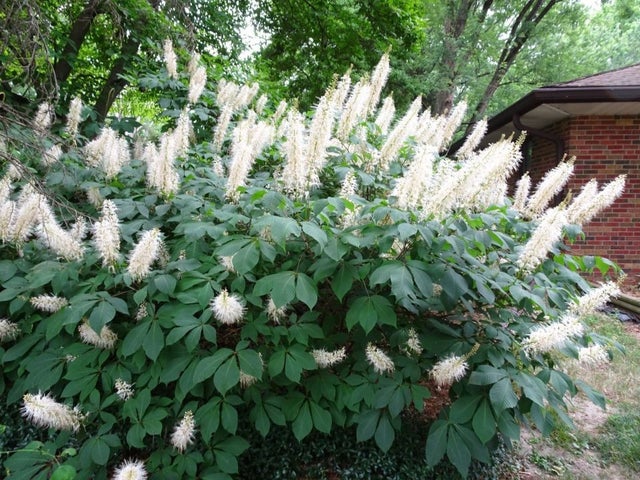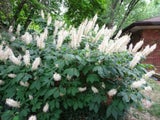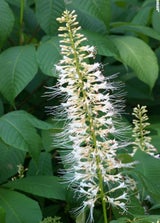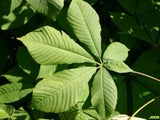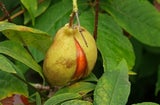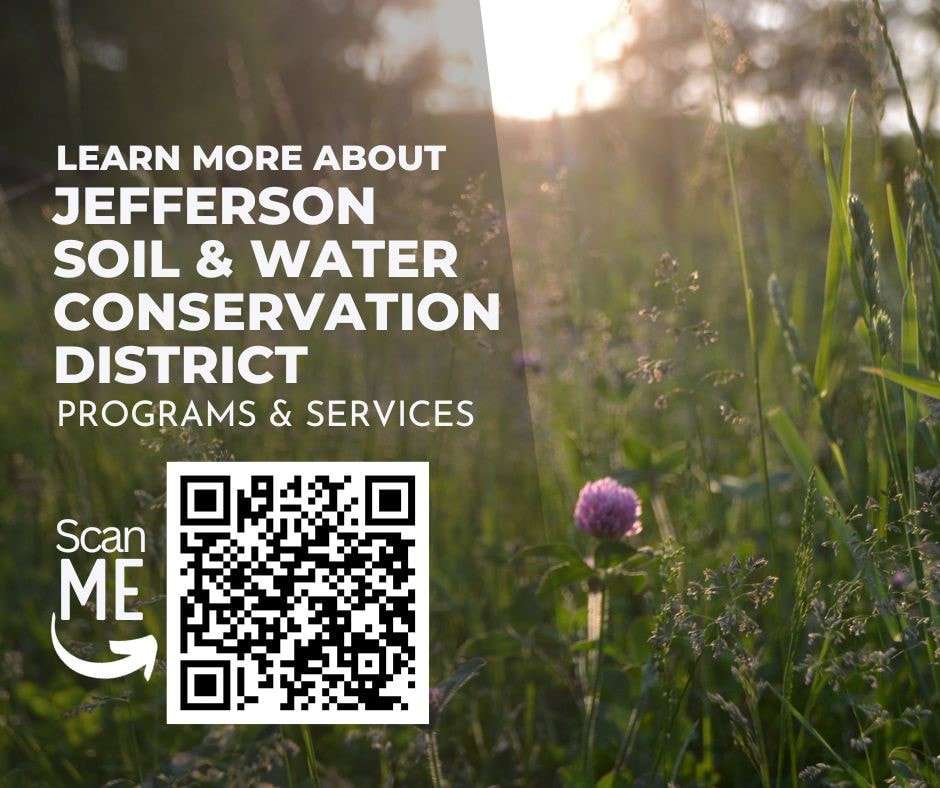- 2023 Native Tree and Shrub Sale
- >
- Bottlebrush Buckeye (Aesculus paviflora)
Bottlebrush Buckeye (Aesculus paviflora)
Height: 6 to 10 feet
Spread: 8 to 15 feet
Bloom Time: June to July
Bloom Description: White
Sun: Part Shade to Full Shade (Have seen growing in full sun)
Suggested Use: Pollinator Gardens and Naturalized Areas
Flower: Showy
Tolerate: Deer, Erosion, Wet Soils
Native to: Lower Appalachia
The Bottlebrush buckeye is a medium to large shrub that desires shady areas. The outstanding feature of this shrub is the 12-inch long upright spikes of fuzzy flowers that bloom in the middle of summer and are a draw to butterflies and bees.
William Bartram discovered this great shrub on his travels through the Carolina, Georgia, and Florida that occurred between 1773-1778. When it was introduced to the nurseys of England the plant was quickly sold out and the demand lasted with the Bottlebrush Buckeye still being prized to this day. There is a specimen Bottlebrush Buckeye still growing on the grounds at John and William Bartram’s home, Bartram’s Gardens in Philadelphia, which is from the plant that William planted in the 1780s.
The common name of the plant obviously derives from the bottlebrush-like flowers it produces. It is a member of the buckeye family have the famous palmate leaves (containing 5-7 leaflets), but is a shrub that will sucker. The leaves turn a brilliant yellow in the fall. The Bottlebrush Buckeye also produces buckeye every fall. A prime example of the plant can be seen in the backyard of the McCook House Civil War Museum in Carrollton, Ohio which is growing in full sun.
The Bottlebrush Buckeye is a critical host plant to 34 species of butterflies and moths, many of which solely depend on the buckeye. Bees and butterflies and addicted to their flowers when they bloom and provide a source of food in the heart of summer. Chipmunks and squirrels will cache the buckeyes in the fall.
Bottlebrush Buckeyes can be admired for its many redeeming qualities such as being a shade tolerant plant that provides fantastic blooms, its hardiness and low maintenance needs, and for its benefit to the wildlife ecosystem. The Bottle Brush Buckeye is a great native alternative to the invasive Butterfly bush (Buddleja davidii). ■

